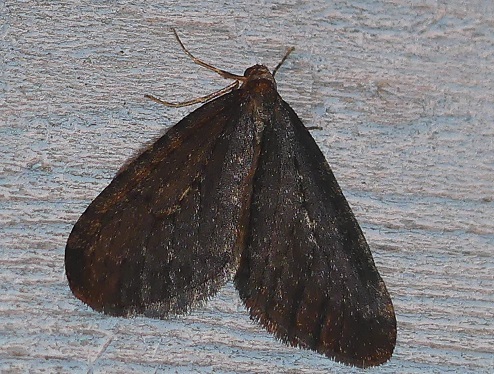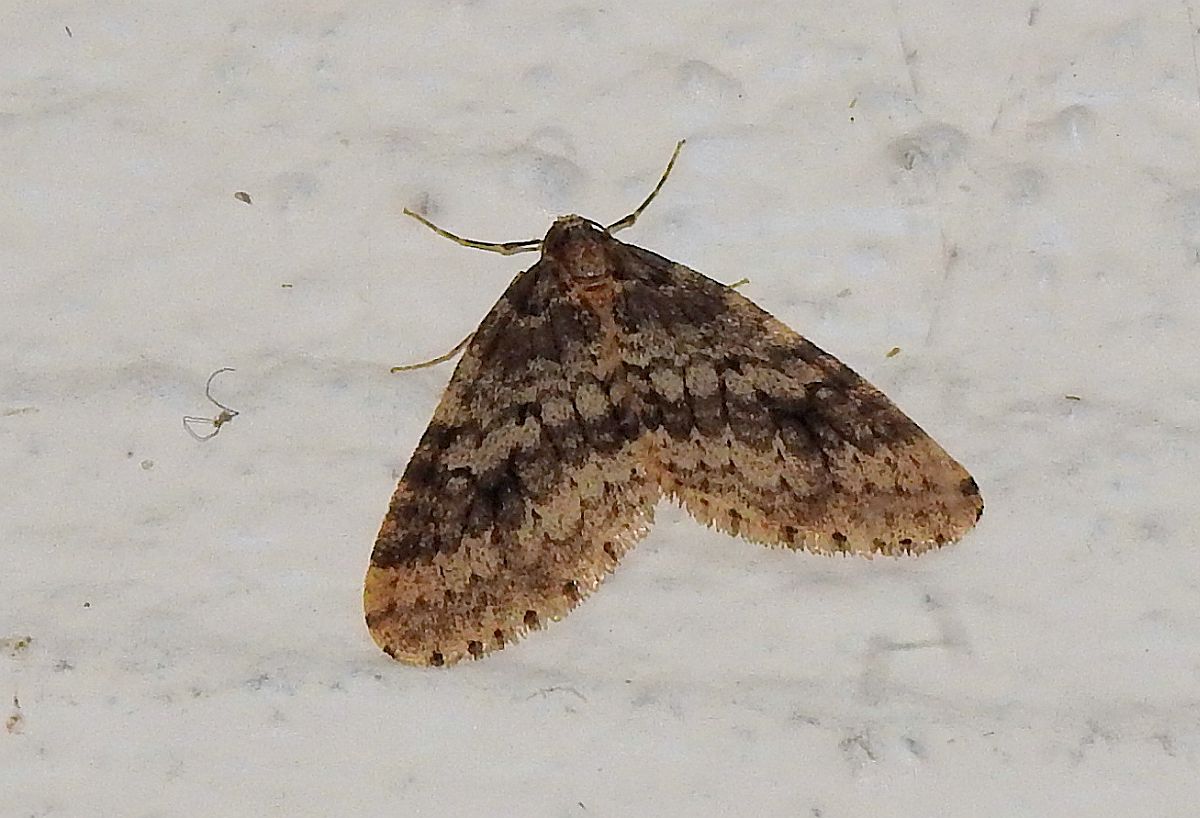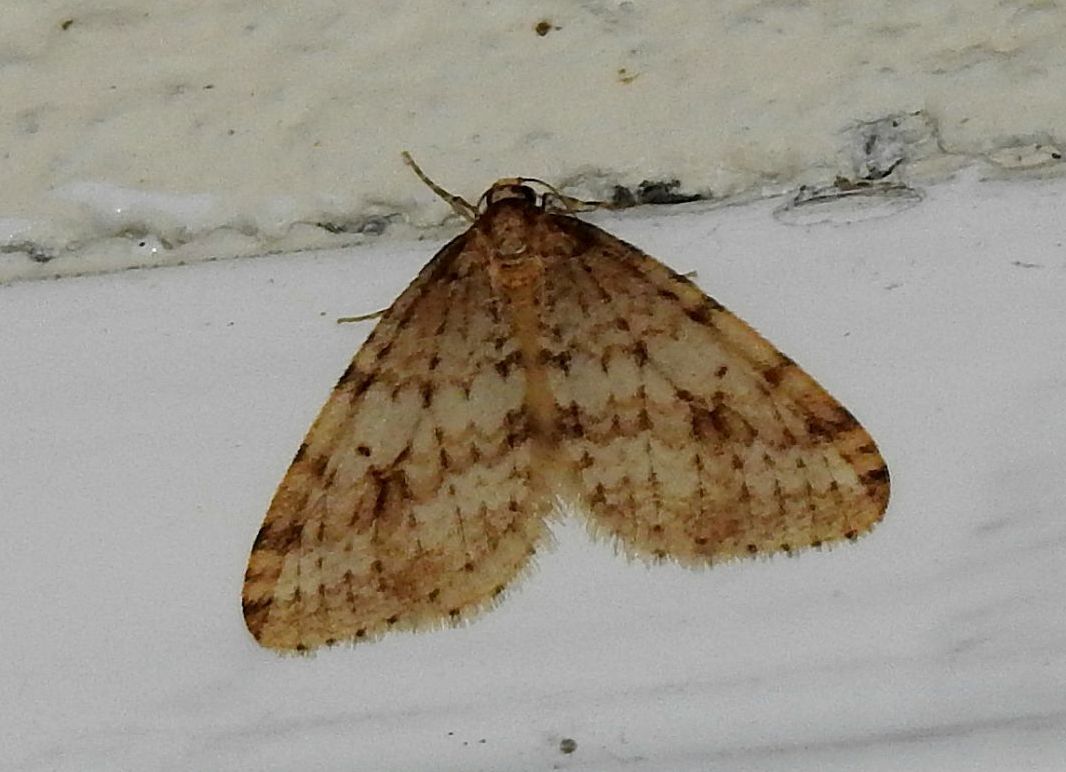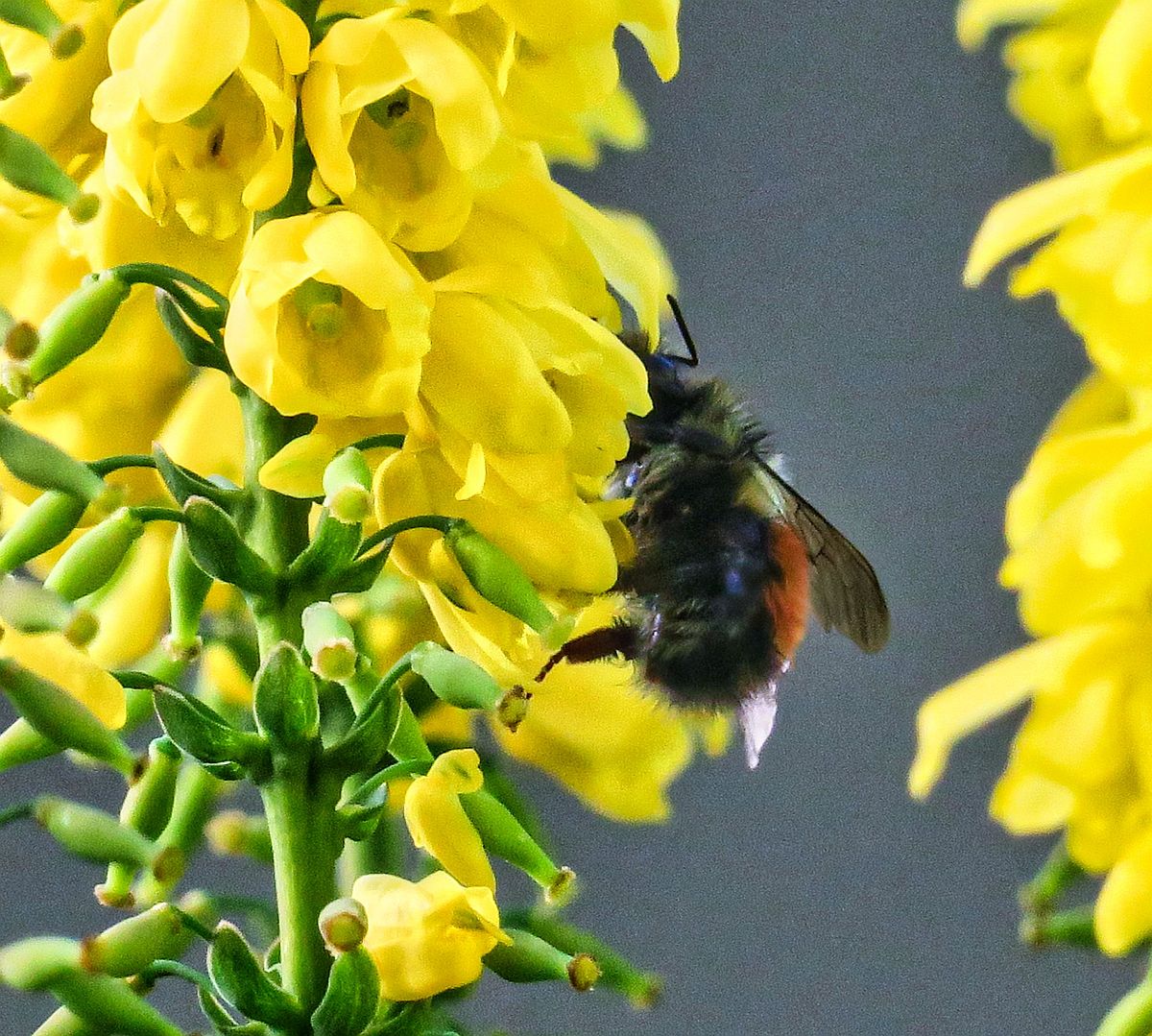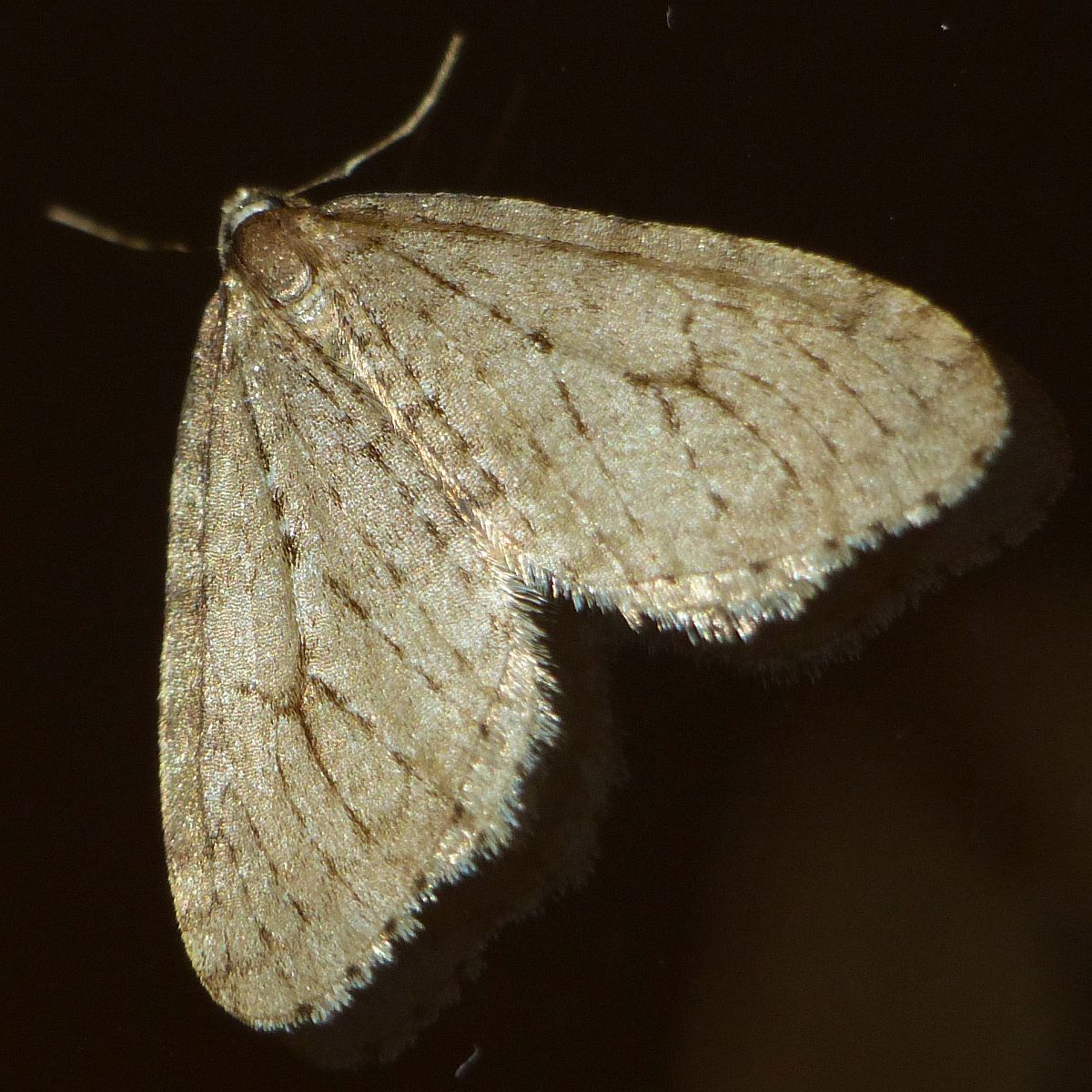2021 December 28
Carl Hughes reports a female Cabbage White from his house in Royal Oak on Christmas Day. This reminds us that there were Cabbage Whites reported from Kemp Lake and from Highlands last winter (in January and March of this year). All three records were, unsurprisingly, indoor sightings. Cabbage Whites normally spend the winter in the pupal state, and the survival prospects of adults emerging in winter are not good.
We presume this will be the last butterfly record of the year!
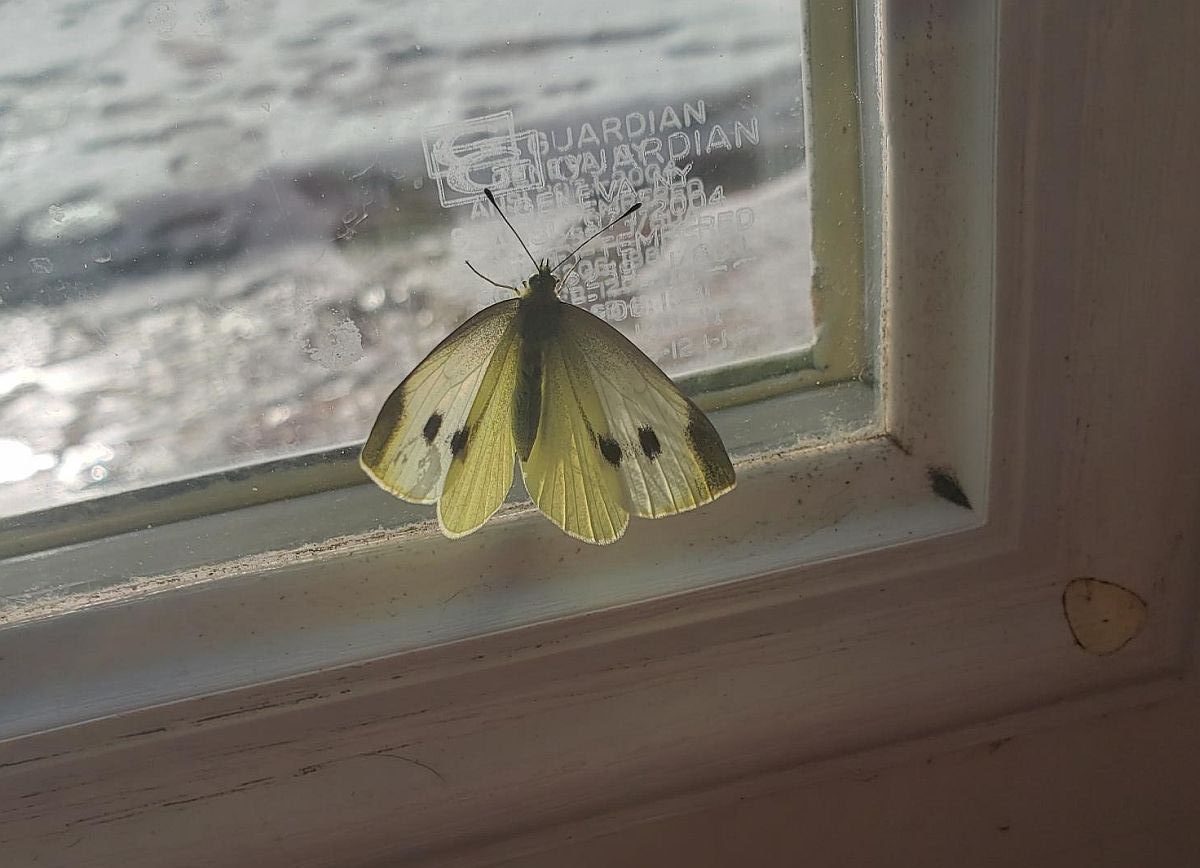
Female Cabbage White Pieris rapae (Lep.: Pieridae) Carl Hughes

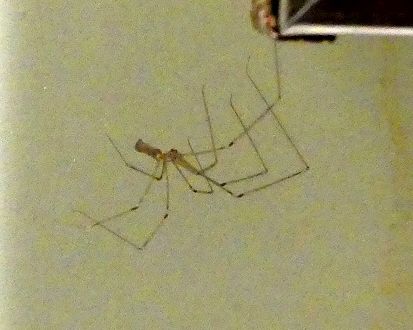 Pholcus phalangioides (Ara.: Pholcidae)
Pholcus phalangioides (Ara.: Pholcidae)